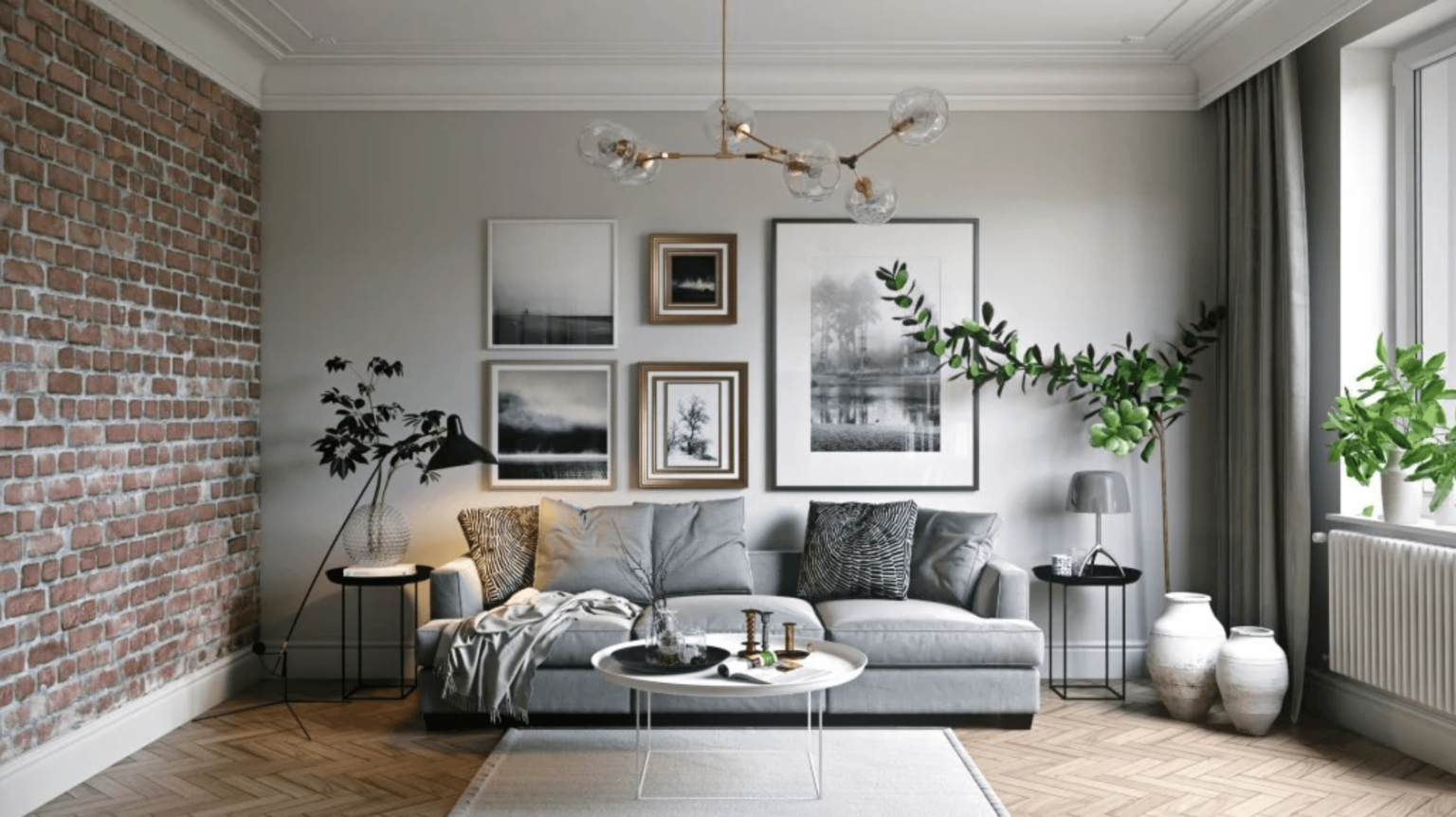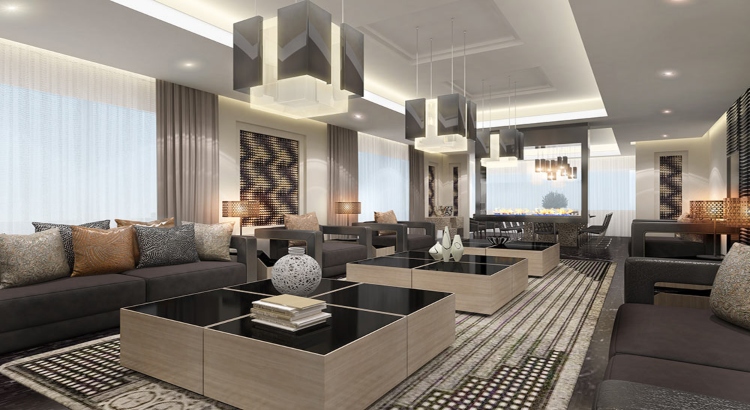
Evolution of Interior Design Trends: A Decade of Transformation
Interior design is a dynamic field that continuously evolves, influenced by societal shifts, technological advancements, and changing design philosophies. Over the past decade, we have witnessed a remarkable transformation in interior design trends, reflecting a shift in people’s preferences, lifestyles, and design sensibilities. From minimalist aesthetics to sustainable practices, this article explores the key changes that have shaped interior design trends in the past decade. Contact Ivy + Piper Interior Designers Brisbane and see how we can help you.
1. Embracing Minimalism
At the beginning of the decade, minimalism gained significant popularity. Clean lines, neutral color palettes, and clutter-free spaces became the epitome of modern design. Inspired by Scandinavian and Japanese influences, minimalism emphasized simplicity, functionality, and a sense of calm. Spaces were stripped down to their essential elements, with a focus on natural light and uncluttered surfaces.
2. Rise of Eclectic Designs
As the decade progressed, the design landscape witnessed a departure from strict minimalism, giving way to more eclectic and personalized interiors. Mixing various styles, textures, and patterns became the norm. People began incorporating vintage pieces, bold colors, and unconventional materials to create unique and vibrant spaces. This shift reflected a desire for self-expression and a departure from homogeneous design.
3. Sustainable and Eco-Friendly Design
The past decade marked a heightened awareness of environmental issues, leading to a surge in sustainable and eco-friendly design practices. Designers and homeowners alike embraced natural and renewable materials, energy-efficient appliances, and eco-conscious furnishings. From reclaimed wood furniture to energy-saving lighting solutions, sustainability became a key consideration in interior design, promoting a more environmentally responsible approach.
4. Technological Integration
Advancements in technology significantly influenced interior design trends over the past decade. Smart home automation systems became more accessible, allowing homeowners to control lighting, temperature, and security through their smartphones. The integration of technology extended to appliances, with energy-efficient and connected devices gaining popularity. Additionally, virtual reality (VR) and augmented reality (AR) tools emerged, revolutionizing the way designers present concepts and allowing clients to visualize their spaces more accurately.
5. Biophilic Design and Wellness
With the increasing focus on well-being and mental health, biophilic design principles gained traction in the interior design industry. Biophilia, the innate human connection with nature, inspired designs that incorporated natural elements, such as indoor plants, natural light, and organic materials. The goal was to create spaces that fostered a sense of tranquility, improved air quality, and promoted physical and mental well-being.
6. Open Concept Living
Open concept living gained popularity, particularly in residential design. The traditional boundaries between kitchen, dining, and living areas blurred, creating fluid and interconnected spaces. Open floor plans encouraged social interaction, enhanced natural light, and facilitated a more inclusive and versatile living experience. This trend also led to the increased demand for multi-functional furniture and storage solutions that optimized space utilization.
7. Personalization and Individuality
In the past decade, there was a noticeable shift towards personalization in interior design. Homeowners sought to create spaces that reflected their unique personalities and lifestyles. Customized furniture, bespoke finishes, and personalized artwork became key elements in design projects. The emphasis on individuality allowed designers to create spaces that resonated with their clients’ aspirations and created a sense of belonging.
“Elevate your kitchen’s style with the latest interior design trend – a matching kettle and toaster set that combines both functionality and aesthetics.”
The interior design trends of the past decade demonstrate a significant departure from the stark minimalism that dominated earlier years. The rise of eclectic designs, sustainable practices, and technological integration has transformed the way we approach interior spaces. The focus on wellness, personalization, and environmental responsibility reflects a shift towards more holistic and human-centric design philosophies. As we enter a new era, it will be fascinating to observe how interior design trends continue to evolve and adapt to the







